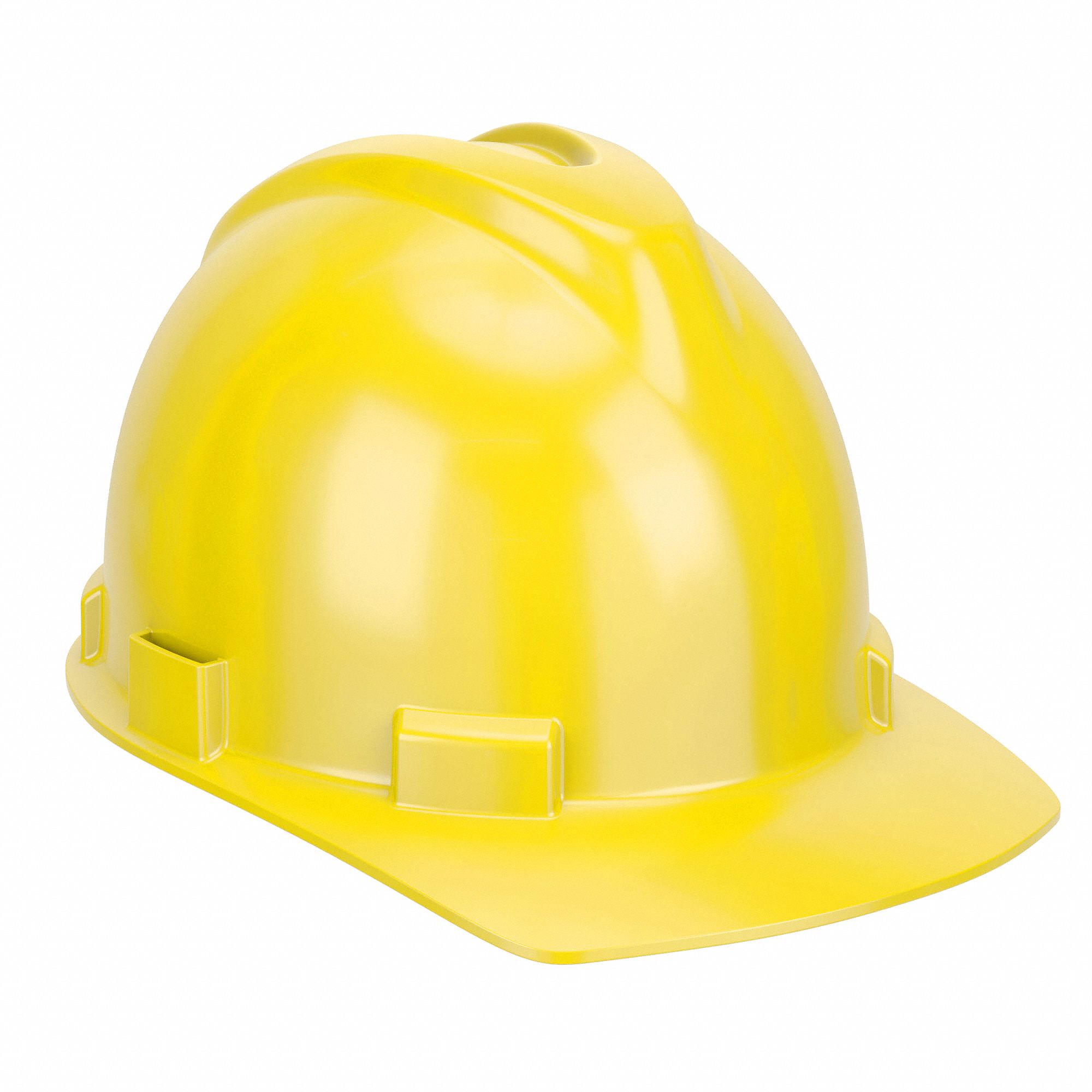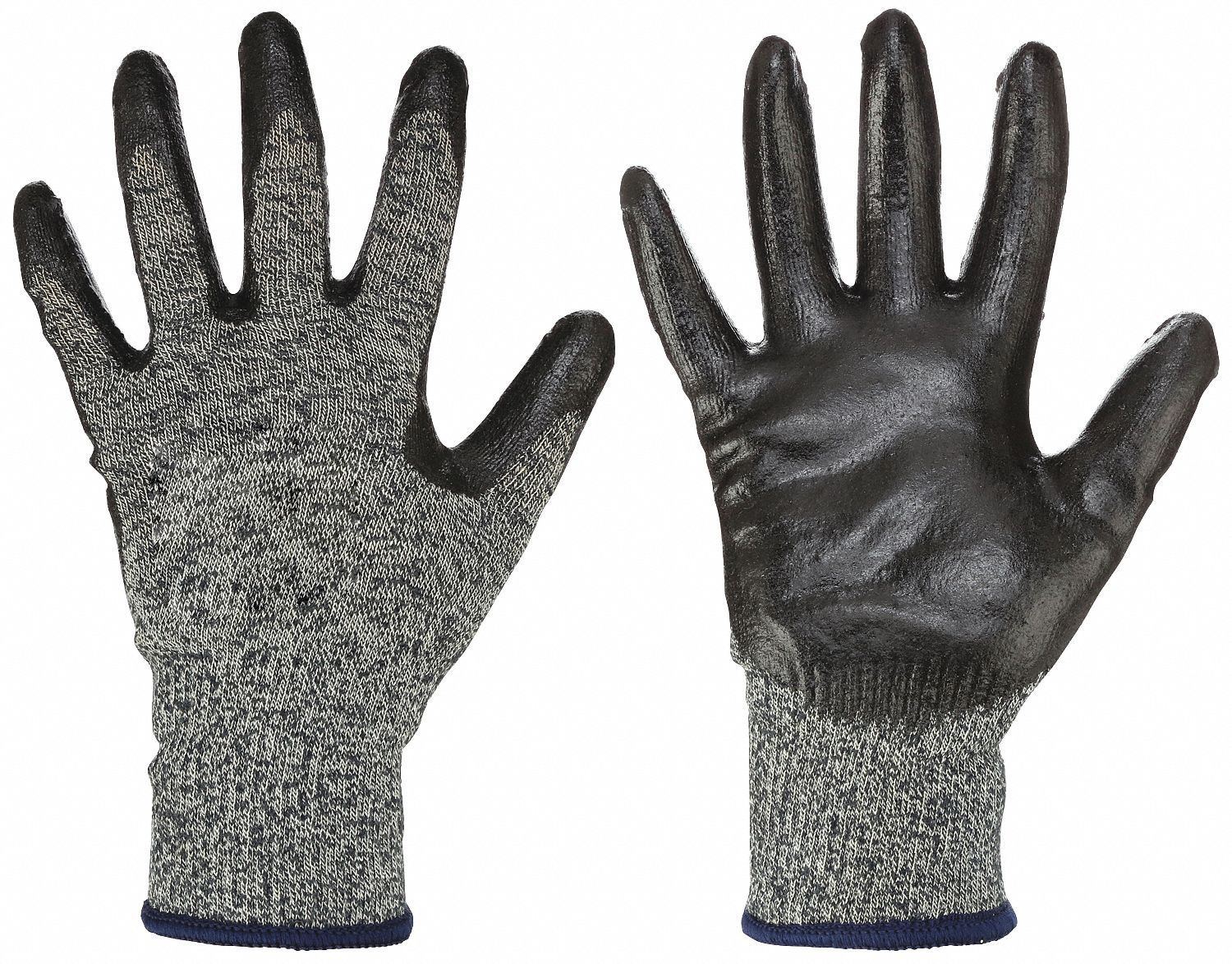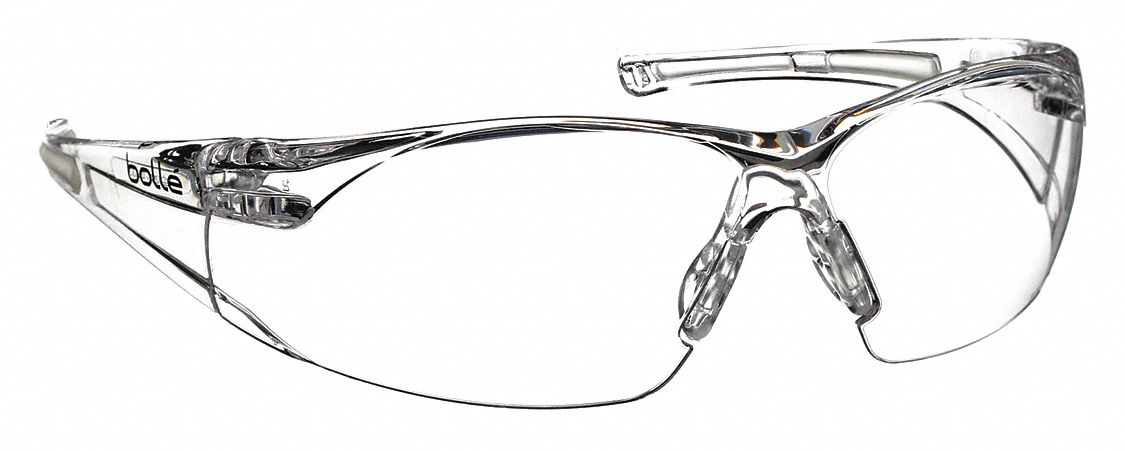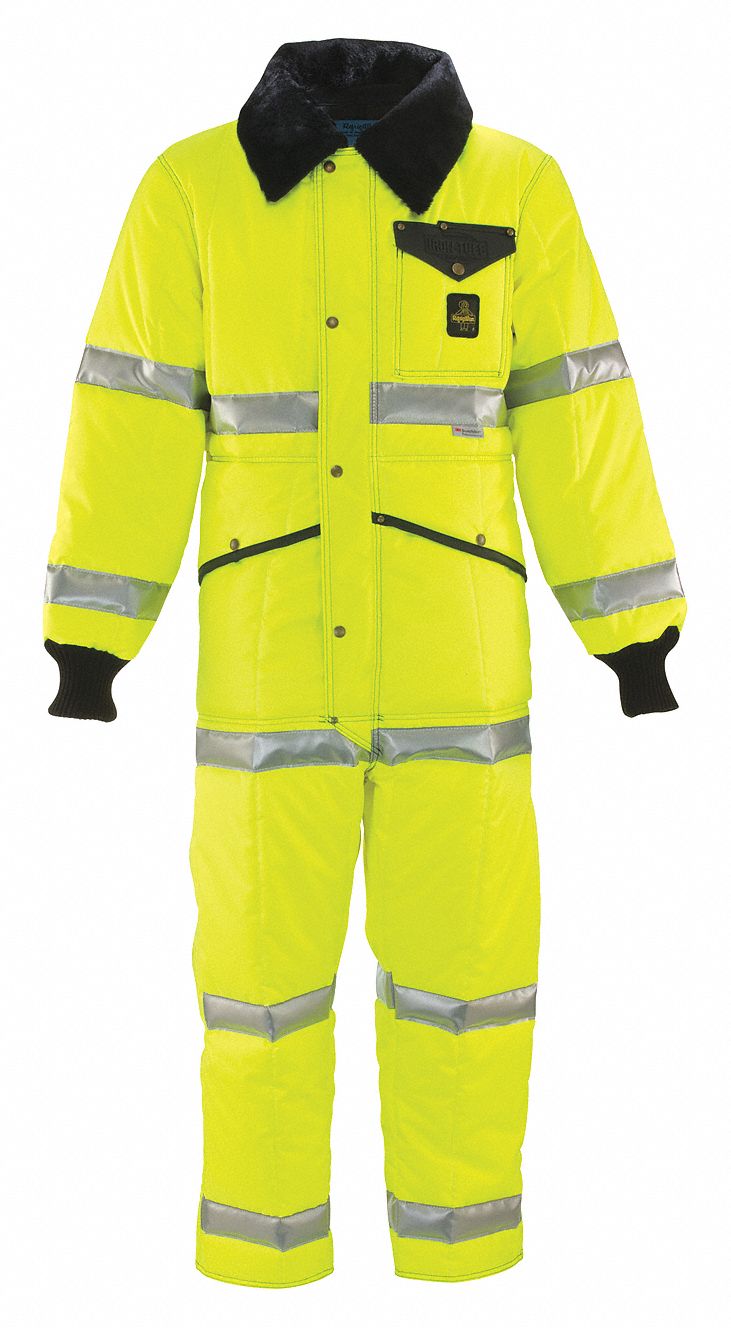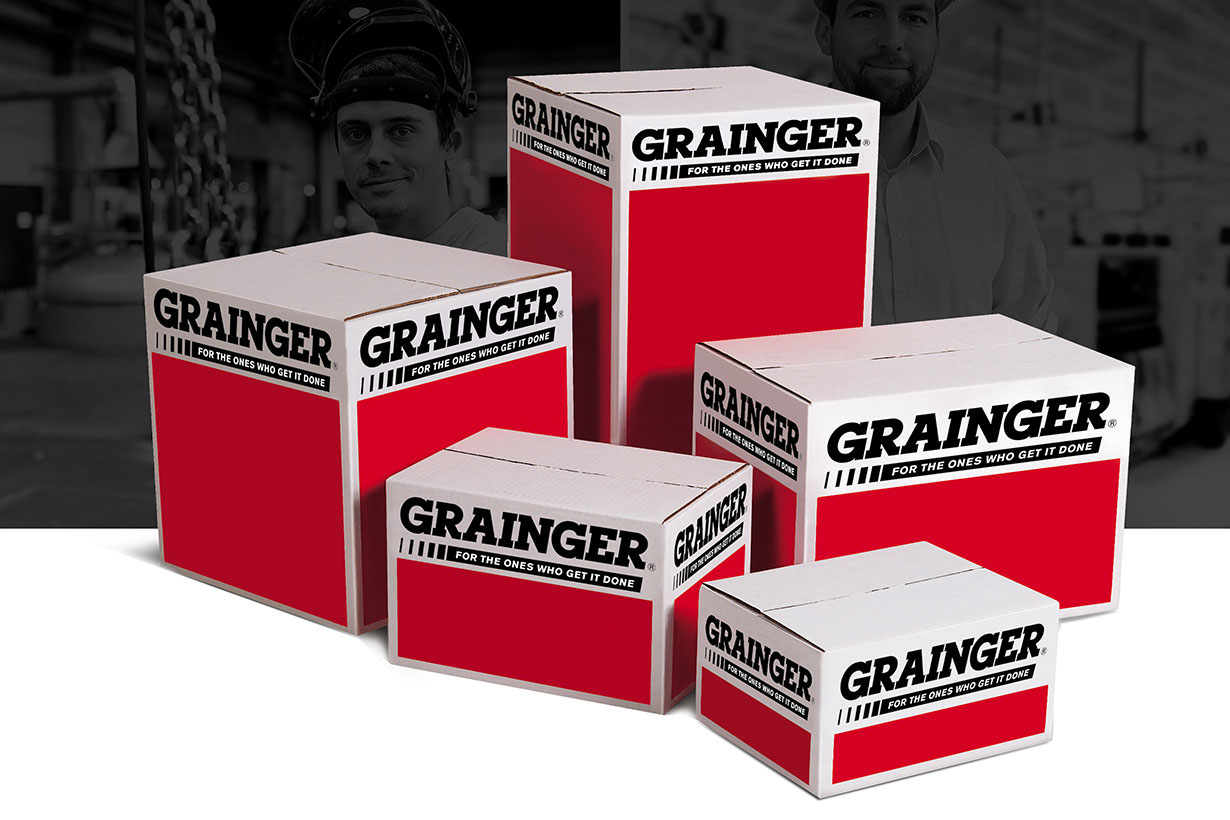

Fire Prevention Safety Tips for the Business and Home
By Grainger Editorial Staff


In my 26 years as a firefighter, I’ve learned to focus on certain key areas when it comes to fire prevention at work or home. The most common violations we cite during workplace fire inspections involve electrical issues.
Electrical Issues
Issues involving extension cords are the most common electrical violation. We often find extension cords attached to building surfaces as permanent wiring or extended through walls, ceilings, floors and under rugs. Extension cords should only be used on a temporary basis and must be properly rated for the intended use. Using extension cords beyond their intended functionality can cause wear and lead to frayed, exposed wires that can arc and start a fire.
A second electrical hazard we encounter are multiple extension cords daisy chained together to increase distance. This is prohibited because it can overload the circuit and cause fires. Many state and local fire codes require businesses to have surge protectors on their extension cords with a breaker fuse that will shut the power off to the source if it gets over-powered or shorts out.
Electrical fire safety requirements are found in the National Fire Protection Association (NFPA) Code 70 – the National Electric Code (NEC).
Detectors
Another area of focus for fire inspectors involves smoke and carbon monoxide (CO) detection devices. Both smoke and CO detectors have saved thousands of lives over the years. Various sensor technologies allow smoke detectors to monitor for either smoke or heat or both. Some detectors combine both smoke and CO sensors. Smoke detectors must be located on the ceiling of each floor or on a wall no more than four inches from the ceiling.
For businesses, the Occupational Safety and Health Administration (OSHA) addresses the placement of fire detection systems under 29 Code of Federal Regulations (CFR) 1910.164(f), where it states “the employer shall assure that the number, spacing and location of fire detectors is based upon design data obtained from field experience, or tests, engineering surveys, the manufacturer’s recommendations, or a recognized testing laboratory listing.”
In homes, there should be a detector in each bedroom, hallway and the top of any stairway.
Always, check with your local fire marshal to ensure compliance with your local codes. Detectors should be tested monthly and batteries replaced at least once or twice a year. Because the sensors on detectors will also expire over time, plan on replacing smoke detectors every 10 years and CO detectors every five to seven years, though some manufacturers guarantee a longer service life for their CO sensors.
The NFPA addresses requirements for smoke and CO detectors under NFPA Code 72 – National Fire Alarm and Signaling Code (smoke detectors) and Code 720 – Standard for the Installation of Carbon Monoxide (CO) Detection and Warning Equipment. The devices are also addressed in NFPA Code 101, Life Safety Code, and also within the International Building Code.
Fire Extinguishers
Fire extinguishers can help in the early stages of a fire if you are in a safe location and know what to do. Fire extinguisher guidelines are found under 29 CFR 1910.15 and NFPA Code 10 – Standard for Portable Fire Extinguishers. Fires are classified under five different categories according to what is burning and there are specific fire extinguishers for each class:
- Class A stands for ordinary combustibles such as wood, paper, cloth or items that turn to “ash”
- Class B stands for flammable liquids and gases or things that may “boil”
- Class C stands for electrical fires or anything that has “current” in it
- Class D stands for combustible metals such as lithium, magnesium, sodium and potassium; these fires produce “dazzling” bright white sparks
- Class K stands for cooking fires involving oils, fats or grease found in “kitchens”
All fire extinguishers are tested by the Underwriters Laboratory (UL) for safety and performance. They are rated based on the type of fire they will put out, and their classification is determined by the size of the fire they will put out. For example, an extinguisher that is rated 4A:20B:C indicates the following:
- The A rating is a water equivalency rating. Each A is equivalent to 1.25 gallons of water. 4A = 5 gallons of water.
- The B:C rating is equivalent to the amount of square footage the extinguisher can cover, related to the degree of training and experience of the operator. 20B:C = 20 square feet of coverage.
- C indicates it is suitable for use on electrically energized equipment.
When it comes to fire extinguisher use, remember the acronym “PASS” to explain how to use a fire extinguisher:
- P = Pull the pin out of the handle
- A = Aim the nozzle at the base of the fire
- S = Squeeze the handle with one hand
- S = Sweep the nozzle side to side and from front to back until the fire is out
It’s also important to note that fire extinguishers are required to be inspected and maintained. OSHA requires a monthly visual check and an annual maintenance check to help ensure they are operational and in good working order, plus hydrostatic testing every 5 to 12 years depending on the type of extinguisher.
Evacuation
Last, but certainly not least, evacuation plans are crucial to fire safety. Evacuation plans are part of the NFPA’s Life Safety Code and OSHA 29 CFR 1910.38(c)(2). Detailed maps located on the walls indicating your location and the nearest exit along with other exits if one is blocked is a prudent practice for businesses. Exit signs must be adequately lit by a reliable power source at all times and emergency lighting must be in place with battery backup when required by a local authority having jurisdiction (AHJ) to illuminate the exits should the power go out during an emergency. Another good business practice is to conduct fire drills with a fire alarm annually to help ensure employees know where to go in case of a fire.
At home, parents should have their youngsters draw and practice Exit Drills In The Home (EDITH) using smoke detectors with two ways out and a meeting place outside or at a neighbor’s house to call for help.
With proper awareness of fire prevention and emergency response basics, we can all work together to reduce the number of fire-related tragedies that occur annually.
About the Author
Kent Shea serves as a lieutenant and paramedic with the Janesville (Wisc.) Fire Department. He has 26 years of experience responding to business and residential fire-related emergencies. He also performs regular fire prevention inspections of community businesses. His background includes 25 years as a Grainger technical support specialist.
![]()
The information contained in this article is intended for general information purposes only and is based on information available as of the initial date of publication. No representation is made that the information or references are complete or remain current. This article is not a substitute for review of current applicable government regulations, industry standards, or other standards specific to your business and/or activities and should not be construed as legal advice or opinion. Readers with specific questions should refer to the applicable standards or consult with an attorney.

